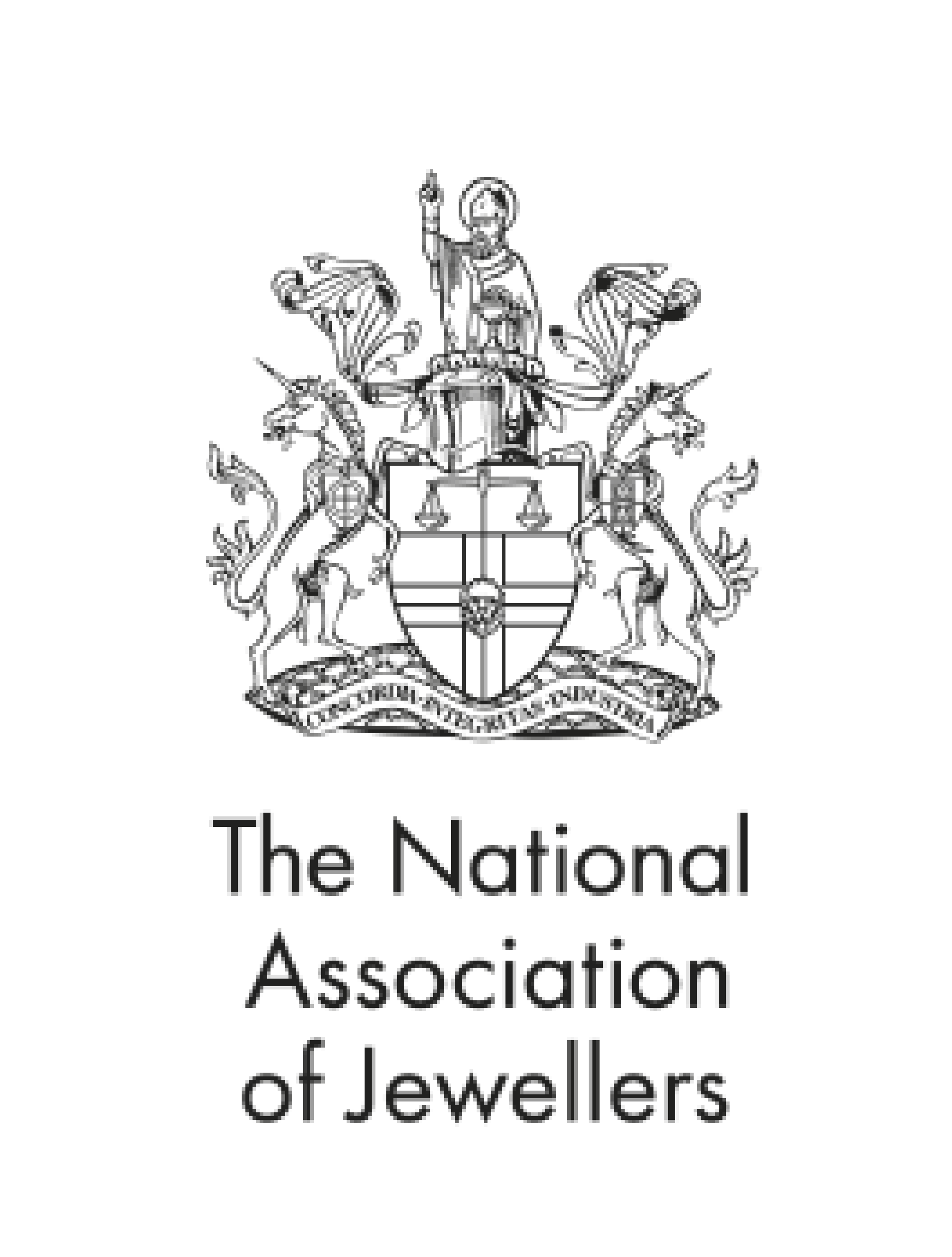Since its founding in 1839, Patek Philippe has been a trailblazer in Swiss watchmaking, renowned for creating timepieces that are not only incredibly functional but also true works of art. The brand’s commitment to excellence and innovation has made it a symbol of luxury and craftsmanship across the world, and one that we continue to admire.

At Michael Spiers, we share a deep connection with Patek Philippe through our family values, which are at the heart of everything we do. This bond makes our role as an authorised retailer, appointed in 2012, all the more meaningful.
In celebration of this special partnership, we invite you to explore the fascinating history of Patek Philippe. From their humble beginnings to their revolutionary achievements, their core values have remained unwavering over the years. Join us as we delve into the story behind one of the most prestigious names in Swiss horology.
The Beginnings of Patek Philippe
In 1839, Patek, Czapek & Cie was founded by Antoine Norbert de Patek and François Czapek, marking the beginning of a legacy in fine watchmaking. The company initially focused on crafting exquisite pocket watches, quickly earning a reputation for its precision and craftsmanship.
However, in 1845, Patek and Czapek decided to part ways, leading to the reorganisation of the company. Meanwhile, the year before, in 1844, French watchmaker Jean Adrien Philippe had begun to revolutionize the industry by perfecting a system of keyless winding and hand setting for pocket watches, showing this at the Industrial Exposition in Paris.
Recognizing the importance of this, and driven by his passion for horology, Antoine Patek formed a new partnership with Philippe, and in the years that followed, Patek and Philippe continued to innovate. These advancements were showcased at the Great Exhibition in London in 1851, where the world’s first keyless watches captivated audiences, including Queen Victoria herself.
The company was reformed in 1851 as Patek Philippe & Cie. As head of watchmaking Philippe continued to push the boundaries of watchmaking, gaining a number of patents, making the company a leader in the world of luxury timepieces. This collaboration also led to the creation of the world’s first Swiss wristwatch in 1868, crafted for Countess Koscowicz of Hungary.

In March 1877, Antoine Patek passed away at the age of 65. While his son did not join the business, Joseph Antoine Bénassay-Philippe, the son-in-law of Adrien Philippe, succeeded him, continuing the legacy of innovation at Patek Philippe.
In 1891, Adrien Philippe passed on leadership to his son, Joseph Emile Philippe. This transition marked the evolution of the company into a joint-stock entity, and under new leadership, Patek Philippe continued its tradition of pushing the boundaries of horology.
As the 20th century unfolded, Patek Philippe continued to push the boundaries of innovation. Among their ground-breaking achievements was the patent for the first double chronograph, followed by the creation of the first complicated ladies' wristwatch featuring a five-minute repeater in 1916, during the First World War.
Adding to the brand’s prestigious history, in 1915, Albert Einstein purchased a gold pocket watch from Patek Philippe, the same year he completed his ground-breaking Theory of General Relativity.
In 1927, James Ward Packard, the American automotive mogul, acquired his famous Patek Philippe astronomical pocket watch, known as the ‘Packard’, further cementing the brand’s association with visionary individuals.

By this time, it was clear that Patek Philippe had become a symbol of excellence, with its timepieces not only embodying exceptional craftsmanship but also celebrating the achievements of the world’s greatest thinkers, inventors, and history-makers.
Continuing to build on its storied legacy, Patek Philippe saw a pivotal moment in 1932 when Jean and Charles Stern invested in the company during the Great Depression. This investment enabled the brand to expand, bringing their exceptional timepieces to the United States and marking the beginning of a new era in wristwatch development.

Among the key milestones was the launch of the first Calatrava in 1932, followed by the regular production of perpetual calendar watches in 1941. These innovations contributed to Patek Philippe winning a remarkable number of first prizes for precision in the Geneva Observatory competition, solidifying the brand’s reputation for excellence.
Patek Philippe continued to innovate, bringing an improved balance wheel – the Gyromax – patented in 1949 / 1951, and an improved system for self-winding watches, with another patent in 1953/56.
Simultaneously, the brand introduced the first all-electronic clock, showcasing their relentless pursuit of innovation in horology. While this area is no longer a focal point, it stands as a testament to Patek Philippe’s enduring commitment to pushing the boundaries of watchmaking.

In 1958, Henri Stern, the son of Charles Stern, took the helm as President of Patek Philippe. Under his leadership, the brand made significant strides, particularly in expanding into the U.S. market - a move largely driven by Henri’s dedication and vision.
Prior to becoming president, Henri had already played a pivotal role in leading Patek Philippe’s sales in America, and his hard work and commitment were key factors in his appointment to the top position.
During this period of growth, Patek Philippe continued to innovate, filing patents for ground-breaking technologies such as the time-zone watch, which remains a hallmark of the brand today. They also patented the ultra-thin automatic calibre 240 in 1977, a movement that allowed the brand to create more compact timepieces, expanding the possibilities for exceptional horological design.

Moving to the 21st Century
As Patek Philippe and the rest of the world moved towards the Millennium, the brand utilised their latest innovations to create true works of art, including the first ultra-thin perpetual calendar in 1985, demonstrating that technical brilliance can come in small packages.
Alongside this, the family-run company commemorated its 150th anniversary with the launch of the Calibre 89 which had 33 complications. Declared as ‘the most complicated watch in the world’ at the time of its creation, the piece itself has 1,728 components and it took over five years of research and four years to create.

Moving from this, Philippe Stern, son of Henri Stern, was then appointed as the new president and his eyes were set on the same goals as Antoine Patek: to innovate.
Through the launching of various new collections such as the Aquanaut, and the Twenty~4 in 1999, and patents such as the Annual Calendar mechanism, Patek Philippe's momentum never ceased.
Marking the Millennium
Alongside their new production facility founded in 1996, Patek Philippe ’s millennium was also marked by the launch of the Star Caliber 2000, a double-faced pocket watch with 21 complications.
Furthermore, with over 150 years of Patek Philippe history (which we have already swiftly covered), the brand opened its museum in Geneva. A must-visit for any avid watch enthusiast.
By 2009, Philippe Stern stepped down as the president and passed on the mantle to his son, Thierry Stern. We had the honour a few years ago where Thierry visited our Truro Showroom which was certainly an exhilarating moment for us here at Michael Spiers.
Patek Philippe Today
As this brief journey through Patek Philippe’s history reveals, the brand has been at the forefront of horological innovation for over a century. Revered by collectors and connoisseurs alike, Patek Philippe is synonymous with extraordinary craftsmanship, timeless elegance, and unparalleled precision.
Owning a Patek Philippe is more than just acquiring a watch—it is the beginning of a legacy. Each timepiece is designed to be cherished for generations, a symbol of both heritage and excellence that stands the test of time.
Today, Patek Philippe remains one of the most prestigious names in Swiss watchmaking, continuously pushing the boundaries of innovation and beauty. With its unwavering dedication to artistry and precision, the brand’s legacy is not just enduring—it is eternal.
Discover the world of Patek Philippe
The legacy of Patek Philippe is nothing short of extraordinary, with a rich history and timepieces that captivate both collectors and enthusiasts alike. If you're eager to explore the world of Patek Philippe, we invite you to browse our exceptional collection online or visit us at our Truro Showroom.
Our dedicated Patek Philippe Ambassador, Gio Chirieleison, will be delighted to guide you in finding the perfect timepiece to suit your style and heritage.
If you would like to look at Patek Philippe's history in further detail you can explore it here.












